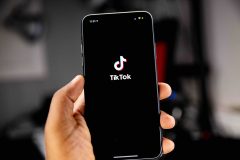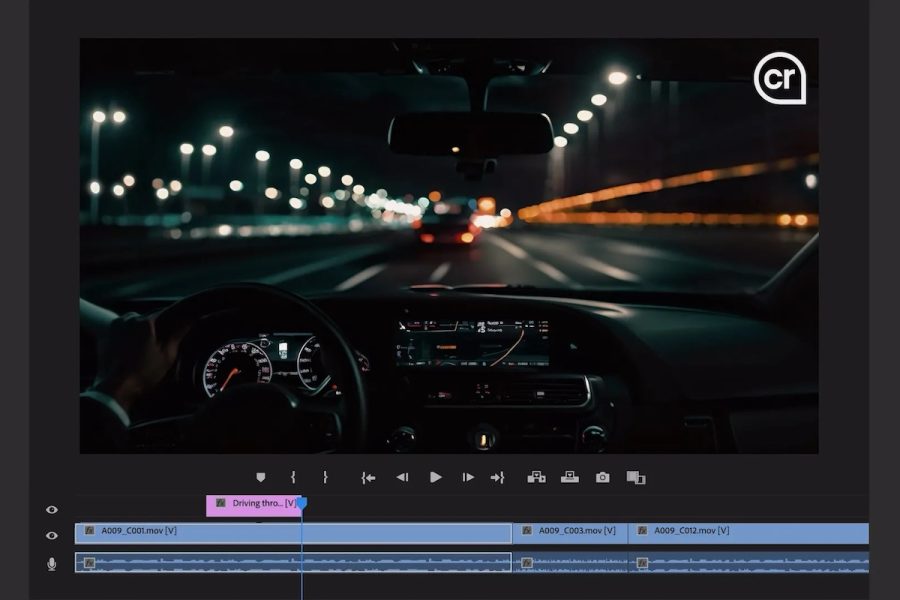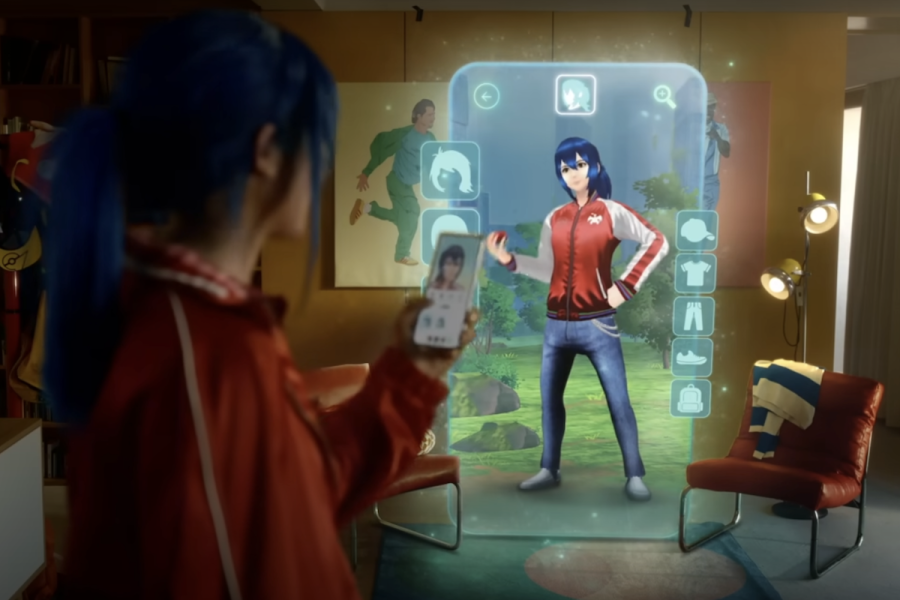Pinterest is making the leap from the computer screen to the small screen—and television networks may not know what’s coming for them.
The image-sharing site, which people use to search and discover objects of interest they can’t name or didn’t know they wanted, is revving up its advertising products at the same time it has struck its first notable placement in a TV show.
It’s not the first social network to explore partnerships with television shows. But where Twitter and Facebook have sought a role in news and live events to cement their centrality in information sharing, Pinterest may be able to make serious bank on its TV placements. In the long run, if it’s successful, it may steal business from the TV networks it’s partnering with.
Pinterest And TV—A Not-So-Odd Couple
FYI, a channel owned by A&E Networks—which you may recognize as the home of Storage Wars and Duck Dynasty—is creating a Pinterest TV series, “We’re Moving In.” While Pinterest is the inspiration for the project, it isn’t a formal partnership as much as a use of Pinterest to which the social network has given its blessing. (Say Media, which owns ReadWrite, operates Biography.com and LifetimeMoms in partnership with A&E.)
On “We’re Moving In,” blended families, married couples, and roommates turn to Pinterest to plan and design new spaces together. They’ll take virtual inspiration to hardware and home-decor stores, and turn a collaborative Pinterest board into reality.
“Pinterest is a visual discovery tool people use to find the things they love and go do those things in real life,” said Everett Katigbak, a brand manager at Pinterest, in FYI’s announcement. “‘We’re Moving In’ is a creative look at people taking that mission offline.”
Let’s Take It Offline (And Go Shopping)
That statement suggests that online activity on Pinterest—pinning images of objects to boards and sharing them—somehow stands apart from offline activities. Of course it doesn’t—if anything, Katigbak is being strategically modest.
Pinterest just launched a new phase of its business, with a paid test of Promoted Pins. Gap, Lululemon, Kraft and other prominent brands are participating, paying Pinterest to expose relevant pins to a broader set of users.
Big brands have traditionally advertised on television, a proven way of driving consumers into stores to buy things. But as Google showed, it’s far easier to establish a connection between someone searching for an object, seeing an ad online, and clicking to purchase it. That accountability is a big part of what has driven billions and billions of dollars of advertising Google’s way.
Pinterest can now do something Google can’t: Connecting consumers who have some notion of what they’re looking for but can’t name it in a set of keywords with an advertiser’s product.
Television executives have long dreamed of a click-to-buy button: See something on a popular TV show, click a button on your remote, and get it shipped to your home. Aside from home-shopping channels, that’s never really worked out.
Imagine, though, if every show about home improvement, gardening, crafting and fashion had a corresponding pinboard on Pinterest. (This is not a stretch: Manyalready do.) Pinterest could be the place where consumers go to find all the items they see online—and it could take the lion’s share of advertising dollars associated with driving those purchases.
Twitter and Facebook have stumbled trying to establish a similar link. Most social commerce efforts don’t work because people want to connect with friends or celebrities, not buy things. But as a leader in the Visual Web, Pinterest is a very different beast from most social networks.
The Trojan Horse
It’s no surprise that people aren’t talking up this scenario. Pinterest has never stopped surprising the technology industry. It was the network nobody “got.” In 2012, it became the fastest-growing social network ever, simply because it appealed to an extremely underserved audience in social media: middle-aged, middle-American moms. Maybe app inventors don’t consider them to be early adopters, but they have a lot of purchasing power.
See also: Mindboggling Facts That Will Make You Care About Pinterest
The community has expanded significantly from that original audience, but Pinterest’s heartland remains the Midwest. Eighty percent of users are still women. Pinterest’s most popular topics are crafts and recipes. And those just happen to be the kind of people who A&E and other networks target for advertiser-friendly shopping shows.
Pinterest’s TV Edge
There’s been lotsoftalk about partnerships between social media and TV, but not much in terms of concrete business results.
In a time when the Internet allows for instant interactivity, TV producers have been looking to social media to add a sense of community to TV. But so far, with Facebook and Twitter, it’s all about joining a conversation. When TV shows share Twitter hashtags or Facebook fan pages, they’re not adding to the conversation—they’re simply moving it somewhere else.
Unlike most social networks, though, Pinterest is about actual things, not nebulous socializing, which gives the producers physical objects to show on TV. This is an edge unique to the Visual Web. “We’re Moving In” has the potential to let viewers visit the show’s actual pinboards and follow along in a meaningful way.
TV has never had a “click to buy” option as effortless and seamless as the Internet’s. Pinterest could be that missing link.
Imagine this: viewers watch an episode of “We’re Moving In,” and follow the episode’s pinboard. From there they have a direct line to respond to it—or click to instantly acquire anything they just saw. Pinterest could be the missing link between TV advertisements and viewer purchases. And like Google, it could capture a large part of the advertising business connected with this commerce.
The fact that Pinterest is about objects to begin with has made it attractive to brands, which drive an estimated 30 percent of the network’s total traffic is driven by brands, who generally consider the site to be the Internet’s gift to Web commerce.
Let’s not get ahead of ourselves. Pinterest has just begun offering Promoted Pins, opening up paid advertising for a very small set of approved advertisers. And it has just recently started hiring salespeople—whom it delicately calls “partner managers.”
Still, Pinterest has an intriguing opportunity ahead of it with television. It may need to come up with a clever way to split TV-driven revenues with the networks, or show that it can drive large audiences back to television. “We’re Moving In” is an experiment for a reason.
And if TV-driven pins take off? It wouldn’t be the first time the social network has surprised us.










